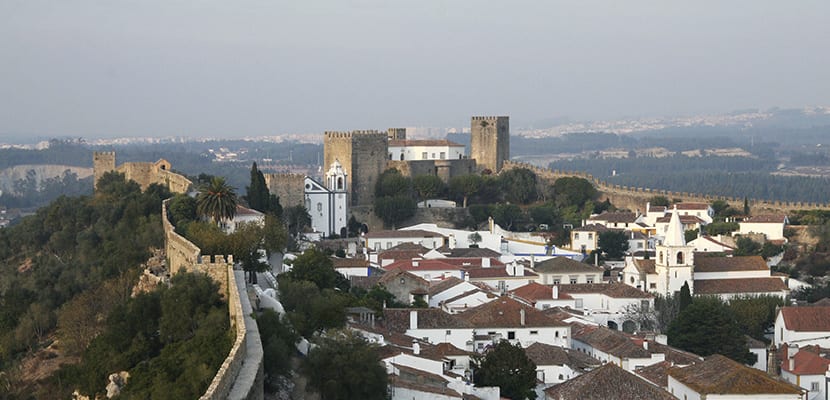
Óbidos is a Portuguese city that stands out above others for being a medieval town It is preserved very well, hence it is one of those essential places that we should visit in Portugal. This town gets its name from the Latin word oppidum, which means fortified city. Of her those walls that surround the city stand out above all.
This population also is part of the history of Portugal, since it was a royal gift that was made in a traditional way, from the XNUMXth to the XNUMXth century. In the city of Óbidos we can see one of the most picturesque towns in all of Portugal, which will allow us to go back to the past.
The town of Óbidos
This fortified village has a castle which has been protecting it for more than eight centuries, in addition to its magnificent walls. It is located on a limestone ridge and as we enter it we can see the typical medieval layout of the labyrinthine streets, with old and colorful houses. This villa is located just 70 kilometers north of Lisbon, so it is a visit that can be easily done if we are in the city. It is a town that was very important in the history of Portugal when the well-known Vila das Rainhas was treated. The tradition of giving this villa as a gift to the queens of Portugal began with Don Dinis and ended in the 25th century. During the XNUMXth century, the town also participated in history as it was the site where the uprising of April XNUMX was prepared. The town has been declared a National Heritage Site and is famous for its chocolate. In fact, in January it is possible to attend the Chocolate Festival.
Óbidos Castle
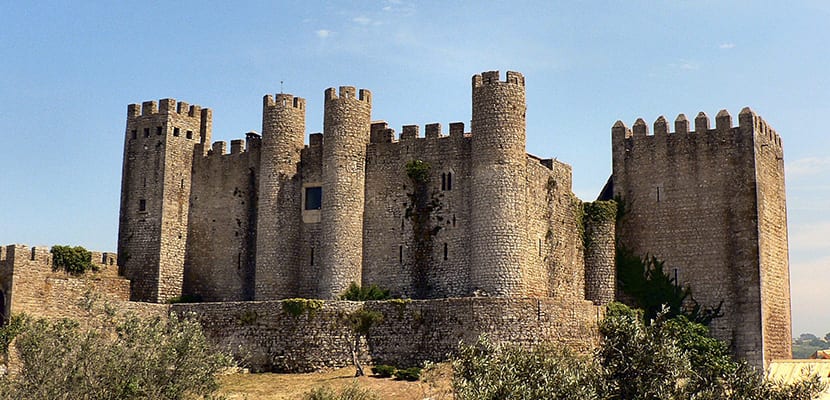
This castle is a medieval fortification of the XNUMXth century located in the upper area. At present you can see the set of different fortifications that were added over time. In fact, in the fortification you can see different styles such as Romanesque, Baroque, Manueline or Gothic. This castle currently houses an inn, but it is possible to visit the area of the walls and intramurals. The entrance to the castle area can be done through four doors. The so-called Porta da Vila stands out, in which there is an old chapel that has the typical Portuguese tiles dating from the XNUMXth century representing the passion of Christ.
Walls of Óbidos
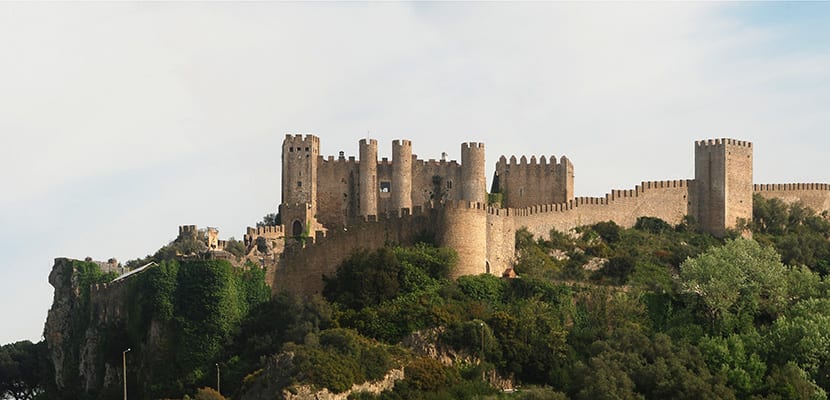
Another thing to do is climb the city walls and leisurely walk around the area admiring the views of the interior of the villa and the exterior. This is one of the best experiences that can be done in Óbidos and the photographs that can be taken are really beautiful. The city is completely surrounded, so the journey can take us about two hours. In addition, it has the advantage that this visit to the walls is completely free.
Church of Santa María in Óbidos
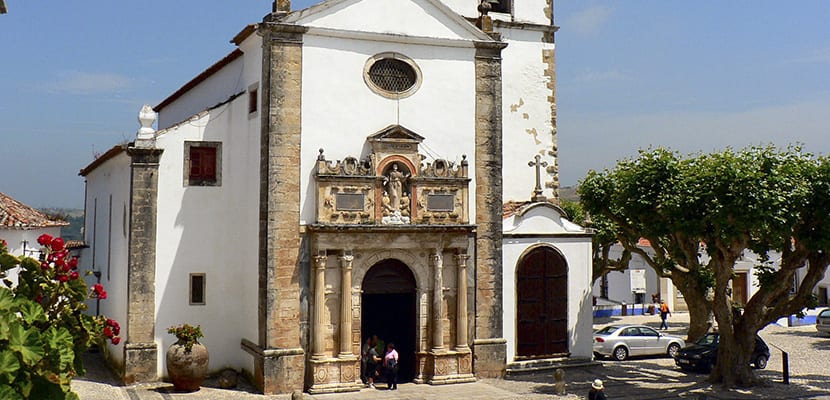
This is the main church of Óbidos. It has a Renaissance-style portico and is located in the main square of the town, the Plaza de Santa María. This church was built when the population was recovered by Alfonso Henriques, since it was under the domination of the Arabs in the XNUMXth century. This building dates from the XNUMXth century, since at that time there was an earthquake that almost completely demolished the original medieval church. It is worth going into the small church, as it is lined with tiles from the XNUMXth century and has a beautiful altarpiece from the same period. Near this church and in the square you can also see the pillory, a small monument to the autonomy of the town and a place that was used to tie up criminals and stone them.
Óbidos aqueduct
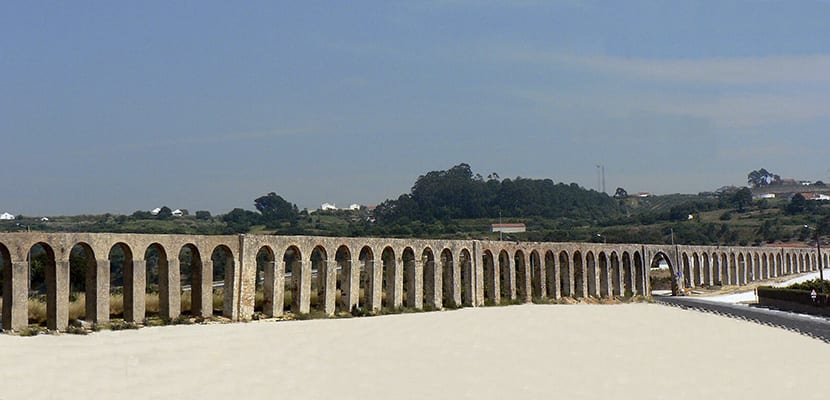
This ancient aqueduct dates from the XNUMXth century and it was made to supply the city with a continuous supply of water. It is about three kilometers long and is located in the southeastern area of Óbidos and three kilometers from tunnels to the water spring that supplied it. It is very well preserved and as a historical note it must be said that Queen Catherine of Austria sold her lands on the outskirts to be able to build this aqueduct.
Right Street
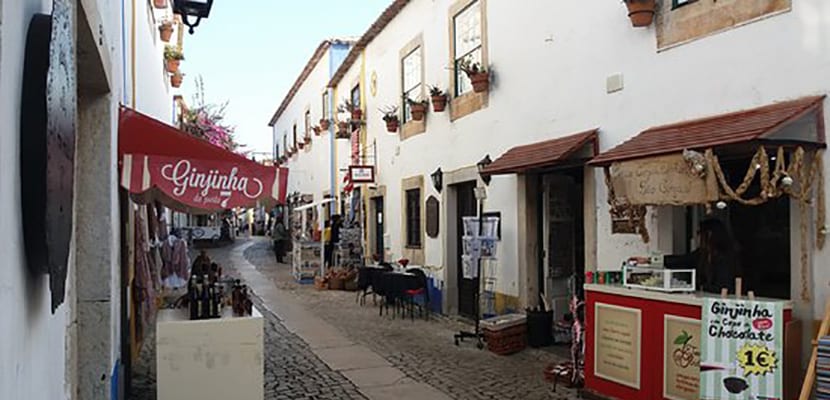
This is the main street of the city, which we can reach if we enjoy a walk through the medieval streets of the town, something that has to be done. This street is located near Porta da Vila and the castle and is currently a commercial street where we can find all kinds of details to buy, prepared especially for visitors. This is where we can buy the famous ginjinha of the village, which is a cherry liqueur that is also served in delicious chocolate glasses and that can be tried to liven up the walk.